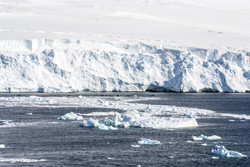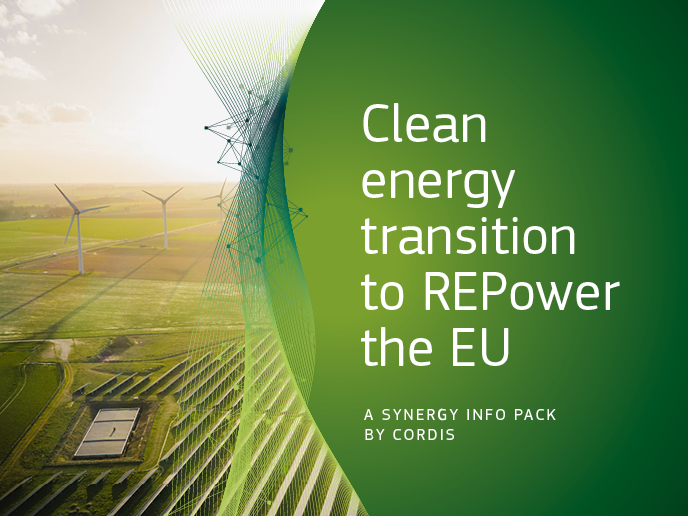Past climates provide clues to the future
Past changes in the Earth's climate are preserved in the geological record; understanding this data is the main aim of palaeoclimate and palaeoceanography research. By studying past climates scientists can learn about the variability, vulnerability and mechanisms of past climate systems. The 'Unravelling past climate as a key to understanding future climate' (UNPACK CLIMATE) project investigated changes in ocean circulation and ice sheet evolution. Isotope geochemistry was used to measure small variations in the abundance of chemical elements to determine changes over million-year to millennial time scales. Accurately dated deep sea corals, neodymium isotopes and radiocarbon measurements were used to provide information about the changes in the marine environment. The resulting data was used to achieve a clearer understanding of the role of the ocean during past rapid climate events. The ocean's depths store and transport vast amounts of heat and carbon. Therefore, it is possible that any changes in circulation could have an effect on the global climate. Researchers also studied the history of the East Antarctic Ice Sheet over the past 15 million years. This ice sheet contains the largest amount of freshwater on the planet. Therefore, understanding its past stability and possible mechanisms for instability are vital to determining the future impacts of global warming. Marine sediment cores were used to reconstruct initial ice growth on Antarctica. The cores were also used to reconstruct the East Antarctic Ice Sheet during the Mid Pliocene warm period (around 3.3 to 3 million years ago). UNPACK CLIMATE has resulted in 62 conference abstracts, 11 peer-reviewed journal articles and 4 additional non-peer-reviewed articles, with many more in preparation. The project's findings will have important implications for understanding present and future climates. They will also help scientists and policymakers to mitigate the future effects of climate change.







